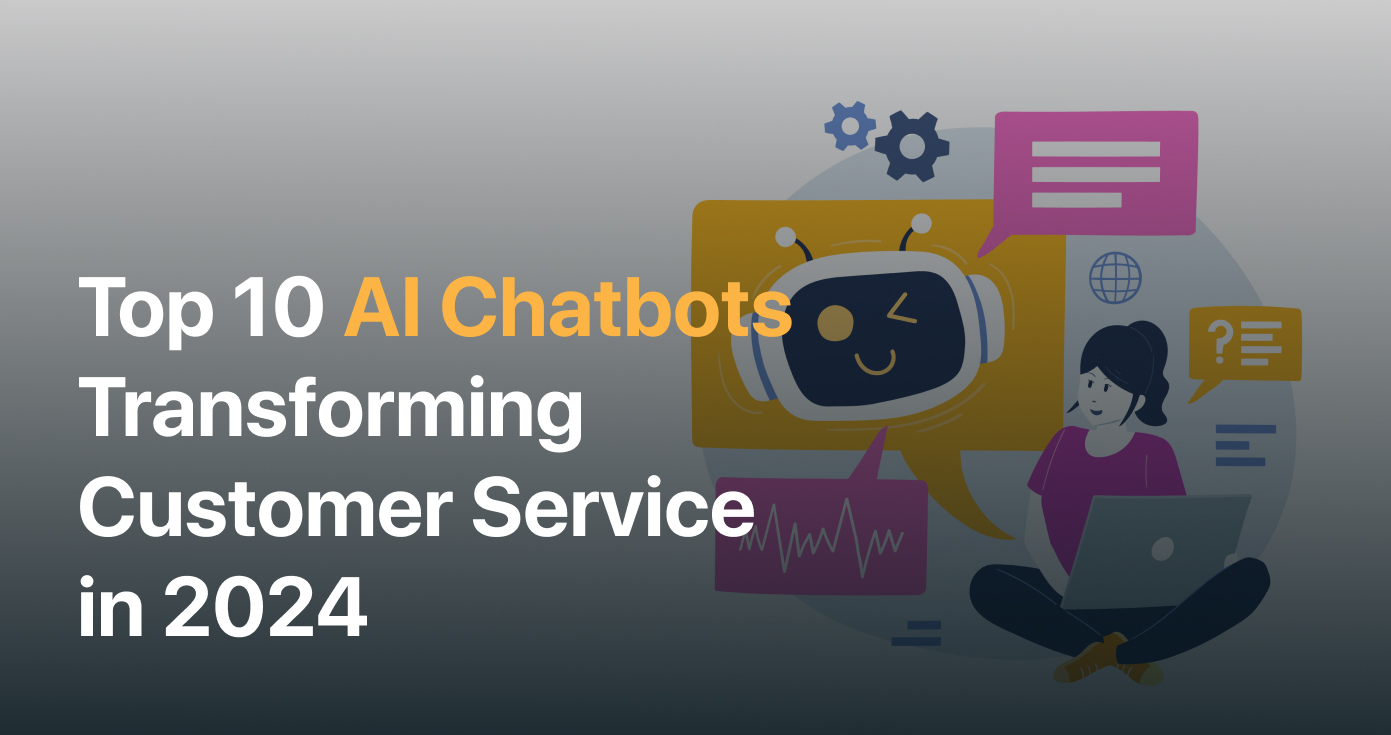Increase Involvement and Performance Making Use Of AI Chatbots
As companies increasingly seek innovative services to boost functional performance and consumer involvement, AI chatbots arise as a crucial tool in this transformation. By automating regular interactions and offering 24/7 support, these intelligent systems not only alleviate the problem on human agents however also offer useful understandings right into consumer behavior. Nonetheless, the implementation of AI chatbots is not without its obstacles and subtleties. Checking out the tactical integration and possible end results of this modern technology might expose greater than just functional benefits, prompting a more detailed exam of its more comprehensive effects for the future of customer communication.
Comprehending AI Chatbots
AI chatbots have reinvented the way organizations engage with their consumers, offering 24/7 support and interaction at range. These innovative software program applications utilize natural language handling (NLP) and artificial intelligence algorithms to imitate human conversations, making them with the ability of understanding and replying to customer questions in real time.
The design of AI chatbots typically contains a user interface, a backend processing system, and a data base. The interface permits clients to input questions through text or voice, while the backend processes these inputs, using NLP to decode intent and context. The understanding base is a database of details that the chatbot can attract from to provide accurate responses.
AI chatbots can be classified into 2 key classifications: rule-based and AI-driven. Rule-based chatbots comply with predefined manuscripts and are restricted in their conversational capabilities, while AI-driven chatbots utilize machine finding out to improve their interactions gradually, enabling them to take care of more intricate questions.
Integrating AI chatbots right into customer support techniques not just boosts functional effectiveness however likewise cultivates better customer experiences through punctual and tailored interactions.
Benefits of AI Chatbots
The assimilation of chatbots right into customer care structures provides various advantages that can dramatically boost organizational performance. Among the primary advantages is the ability to supply 24/7 assistance, making sure that customer inquiries are dealt with without delay, no matter time areas or functioning hours. This continual accessibility cultivates a higher degree of customer contentment and retention.
Furthermore, AI chatbots improve procedures by automating recurring tasks and handling a huge quantity of inquiries at the same time. This efficiency not only lowers the workload on human agents but additionally enables them to concentrate on more complicated problems that require an individual touch. Subsequently, companies can achieve better source allowance and boosted productivity.
In addition, chatbots can evaluate client communications and gather useful information, making it possible for organizations to acquire understandings right into client choices and actions. This information can notify marketing approaches, product advancement, and general service enhancement.
Executing AI Chatbots Efficiently
Successfully executing AI chatbots needs cautious planning and strategy. Organizations should first determine particular goals for the chatbot, such as Continue improving client service, improving operations, or providing instantaneous assistance. An extensive understanding of the target audience is necessary, enabling companies to tailor the chatbot's tone, language, and capability to satisfy user expectations.
Following, picking the right system and innovation is essential. Organizations needs to review different chatbot structures, thinking about aspects such as integration capacities, scalability, and convenience of use. top 10 ai chatbots. Furthermore, guaranteeing that the chatbot can perfectly integrate with existing systems will certainly improve overall efficiency
Creating an intuitive user experience is essential for reliable engagement. This includes developing conversational flows that prepare for individual needs and giving clear triggers for interaction. Routinely upgrading the chatbot's knowledge base and including comments devices will better fine-tune its performance.

Gauging Involvement and Performance
Evaluating the performance of AI chatbots is important for comprehending their influence on interaction and functional effectiveness. Organizations should establish key performance signs (KPIs) customized to their certain goals. Usual metrics include individual interaction prices, feedback times, and resolution click for info rates, which collectively supply understanding into how well the chatbot satisfies individual demands.
Engagement can be determined with metrics such as customer retention, the regularity of interactions, and comments rankings. Assessing conversation logs can reveal patterns in individual queries and recognize locations for improvement. Additionally, evaluating user fulfillment via surveys can give qualitative understandings into the chatbot's efficiency.
On the functional effectiveness front, metrics like the reduction in human representative work and the average price per interaction can highlight the chatbot's payment to resource optimization. Tracking the time taken to solve inquiries can aid identify bottlenecks in the process.
Regularly examining these metrics enables organizations to make data-driven choices, enhancing chatbot capability and customer experience. By constantly measuring involvement and performance, services can adjust their approaches to make the most of the benefits of AI chatbots, ensuring they stay a useful possession in consumer interactions.
Future Trends in AI Chatbots

One more trend is the unification of machine discovering algorithms that enable chatbots to gain from past communications and continually boost their feedbacks. This flexible knowing process will certainly enable chatbots to take care of intricate questions and give tailored solutions with time.
Additionally, the surge of multichannel release will see chatbots operating seamlessly throughout different systems, such as social media, internet sites, and mobile applications. This omnichannel presence ensures that companies can engage consumers wherever they are, improving accessibility and customer experience.
Finally, a focus on moral AI concepts will certainly shape the development of chatbots, emphasizing transparency, data personal privacy, and predisposition decrease. As these fads develop, companies can anticipate AI chatbots to end up being much more integral to their involvement and efficiency techniques, driving considerable renovations in client communication and functional performance.
Conclusion
In final thought, AI chatbots represent a transformative force in improving interaction and efficiency within various markets. As innovation continues to advance, the possibility for AI chatbots to drive company results and streamline processes will just increase, shaping the future of customer service.